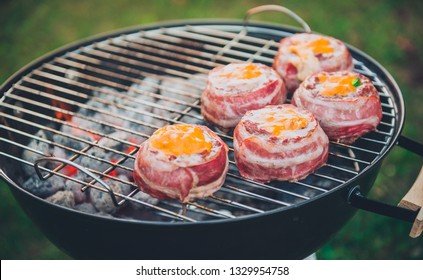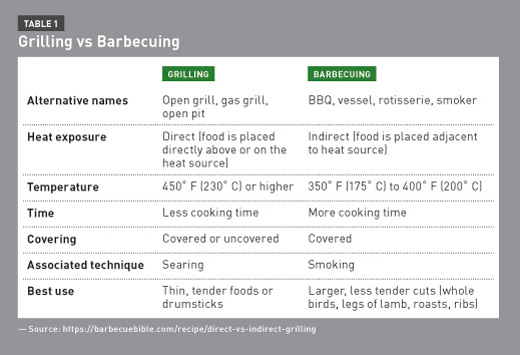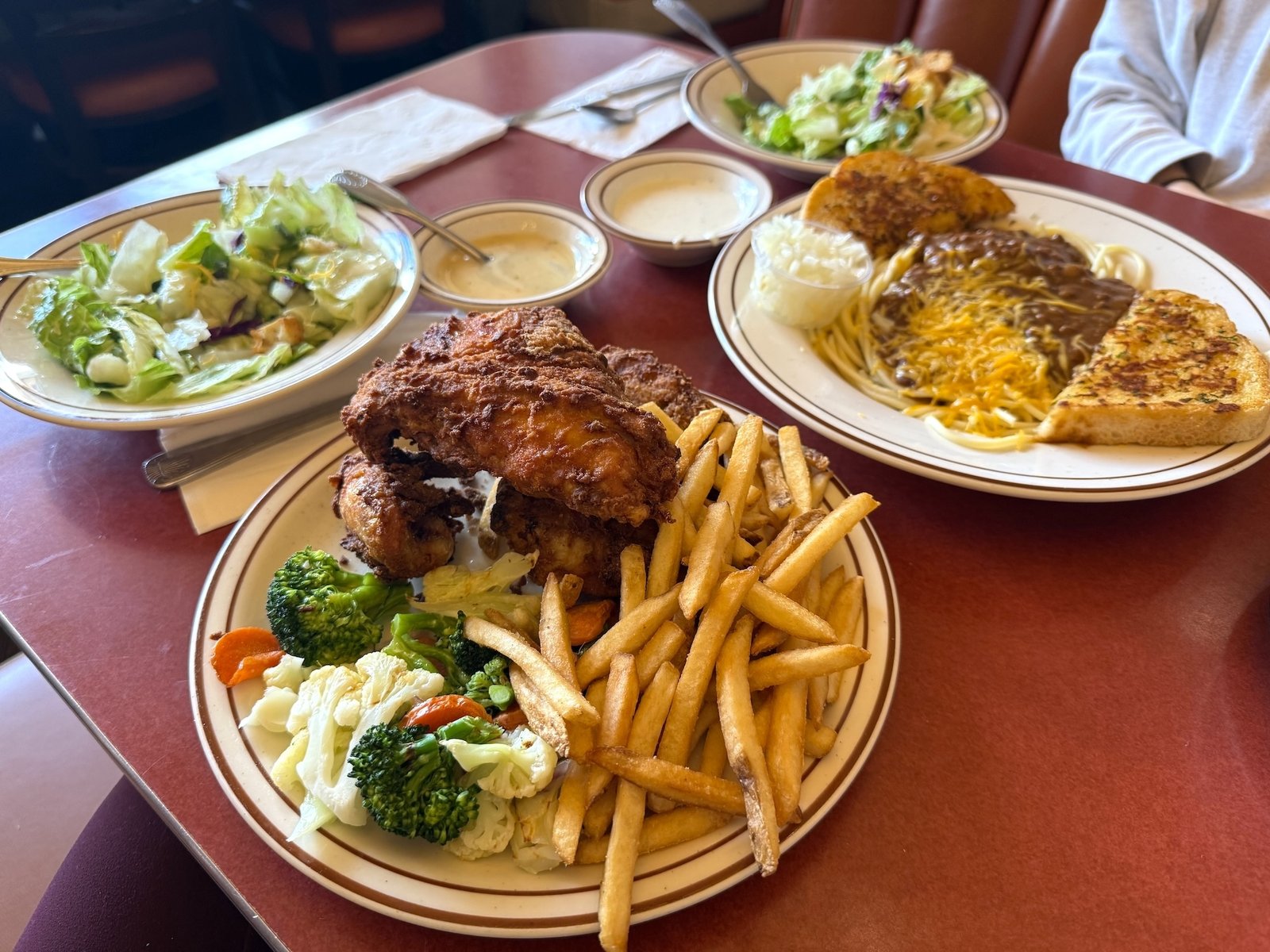Indirection grilling techniques stand out as an essential approach for BBQ enthusiasts wanting to elevate their outdoor cooking. Whether you’re aiming for tender briskets, juicy ribs, or perfectly cooked vegetables, understanding how to control heat and smoke around your food is crucial. This guide will delve into indirect grilling techniques, compare indirect vs direct grilling, and offer insider tips like backside cooking, the low-and-slow outdoor method, drip tray grilling, and how to conduct a safe indirect barbecue. Mastering these methods allows you to cook smarter, safer, and more flavorful meals on your grill.
Understanding Indirect Grilling: A Comprehensive Guide

Indirect grilling techniques involve cooking food not directly over the heat source but alongside it, utilizing gentle, indirect heat to transform textures and flavors. This approach mimics oven roasting but outdoors, making it ideal for large cuts of meat, delicate items, or recipes that require long cooking times. The primary advantage is that heat is dispersed evenly around the food, reducing the risk of burning or scorching.
To implement indirect grilling, you typically set up your grill with one or more burners turned off, or create a zone where the heat doesn’t directly reach the food. Many people use dual-zone setups—one side heated, the other cool—or place a drip tray filled with water or other liquids beneath the food to mediate temperature. This technique is excellent for achieving consistent results, especially when cooking tough or fatty cuts that need slow, even heat to become tender. Understanding how to regulate airflow and heat distribution is essential for mastering this method, making it a fundamental skill in your outdoor cooking arsenal.
Indirect vs. Direct Grilling – Choosing the Right Method for Your Meal
.jpg/250px-Salmon_Steaks_(4199035705).jpg)
The primary difference between indirect vs direct grilling lies in how heat interacts with the food. Direct grilling involves placing food directly over flames or heat elements, resulting in quick searing, char marks, and often, a smoky crust. It’s ideal for thinner cuts, burgers, hot dogs, or quick-cooking vegetables. Conversely, indirect grilling uses ambient heat around the food, reducing intense flare-ups and preventing burning—perfect for larger, thicker, or tougher cuts that require longer cooking times.
Deciding between the two depends on your desired outcome and the type of food you’re preparing. For instance, a quick sear on steak benefits from direct heat, but finishing the steak with indirect heat ensures it remains tender and evenly cooked. When planning your cookout, think about the thickness of your meat, the time needed to achieve tenderness, and the flavor profile you want. Many seasoned grillers employ a combination of both methods, searing foods quickly over direct heat and then shifting them to indirect heat to finish cooking gently—this indirect vs direct grilling strategy offers flexibility and control for any outdoor culinary challenge.
Mastering the Backside Cooking Technique for Evenly Cooked Food

One of the often-overlooked strategies in outdoor grilling is the backside cooking technique, which involves flipping and repositioning food to promote even cooking on all sides. This method is particularly valuable with larger or irregularly shaped cuts like roasts, whole chickens, or ribs, where uneven heat distribution can cause some portions to overcook while others remain underdone.
Personal experience reveals that backside cooking tips include maintaining a consistent temperature and rotating the meat periodically, especially when using indirect heat sources. A key insight is to use visual markers—like color change or internal temperature—to determine when to turn and reposition. Additionally, elevating thicker sections by stacking or adjusting placement on the grill minimizes uneven heat exposure. Incorporating this technique into your routine can dramatically elevate the quality of your barbecue, ensuring every bite is flavorful, tender, and cooked to perfection with minimal guesswork.
Low-and-Slow Outdoor Cooking – Achieving Tender Perfection with Indirect Heat
The low-and-slow outdoor method epitomizes the essence of indirect grilling techniques. This approach involves cooking food at low temperatures—usually between 225°F and 275°F—for several hours until it reaches tender, flavorful perfection. It’s a hallmark of classic barbecue, especially for difficult cuts like brisket, pork shoulder, or ribs, where patience rewards with melt-in-the-mouth results.
Implementing this method requires an understanding of how to maintain consistent, gentle heat over an extended period. It’s often paired with wood-smoking chips or chunks for extra flavor. The beauty of low-and-slow is that it allows the collagen in tougher meats to break down gradually while infusing the food with smoky goodness. This technique demands discipline and attention to detail but is immensely satisfying, transforming ordinary cuts into gourmet masterpieces. Mastering the low-and-slow outdoor method elevates your outdoor cooking skills, enabling you to replicate restaurant-quality barbecue in your backyard while enjoying the process as much as the results.
Drip Tray Grilling – Minimizing Flare-Ups and Enhancing Flavor
Drip tray grilling is a clever technique that enhances safety, flavor, and efficiency during backyard cookouts. By positioning a tray beneath the food—often filled with water, beer, or marinade—you’re creating a barrier that catches drippings and prevents flare-ups caused by fat and grease hitting the flames. Additionally, the tray’s moisture vaporizes, adding humidity to the cooking environment, which fosters juicy outcomes, especially with meats like chicken or turkey.
From a flavor perspective, this method provides numerous benefits. The liquid in the tray can become infused with spices or herbs, which then subtly flavor the food. Moreover, drip tray grilling reduces the risk of hotspots and flare-ups, contributing to safer, cleaner, and more controlled cooking sessions. This technique is particularly useful when cooking marinated or highly fatty foods, ensuring they cook evenly and retain moisture. Experimenting with different liquids and placements allows you to customize flavors and achieve new heights in outdoor culinary creativity.
Safe Indirect Barbecue Practices – Avoiding Hazards and Ensuring Food Safety
Practicing safe indirect barbecue is vital to enjoy your outdoor cooking adventures without mishaps. First and foremost, maintaining clean equipment, including grills and utensils, prevents cross-contamination. When using indirect heat, always monitor internal temperatures of your meats with a reliable thermometer, targeting safe zones: 145°F for seafood, 160°F for ground meats, and 165°F for poultry. This vigilance guarantees doneness without guesswork and avoids health hazards.
Another critical aspect is controlling airflow and temperature to prevent flare-ups, which can cause both safety hazards and uneven cooking. Creating a safe indirect barbecue environment also involves proper placement of combustible materials, adequate ventilation, and keeping a fire extinguisher nearby. These precautions, coupled with knowledge of indirect grilling techniques, ensure your outdoor cookouts are not only delicious but safe for everyone involved. Incorporating these habits builds confidence, prolongs your grill’s lifespan, and keeps every barbecue safe, enjoyable, and memorable.
Conclusion
In summary, mastering indirect grilling techniques unlocks a world of culinary possibilities, from perfectly smoked brisket to tender roasted vegetables, all achieved with thoughtful heat management and safety practices. The contrast between indirect vs direct grilling offers flexibility depending on your desired final product, while backside cooking tips and low-and-slow outdoor methods elevate your results to professional levels. Techniques like drip tray grilling further enhance flavor and safety, making your outdoor kitchen more versatile. Final emphasis on safe indirect barbecue practices ensures that these flavorful methods remain safe and enjoyable for all. Whether you’re a beginner or an experienced griller, integrating these strategies guarantees more successful, flavorful, and safe outdoor cooking sessions, turning backyard barbecues into culinary celebrations.






